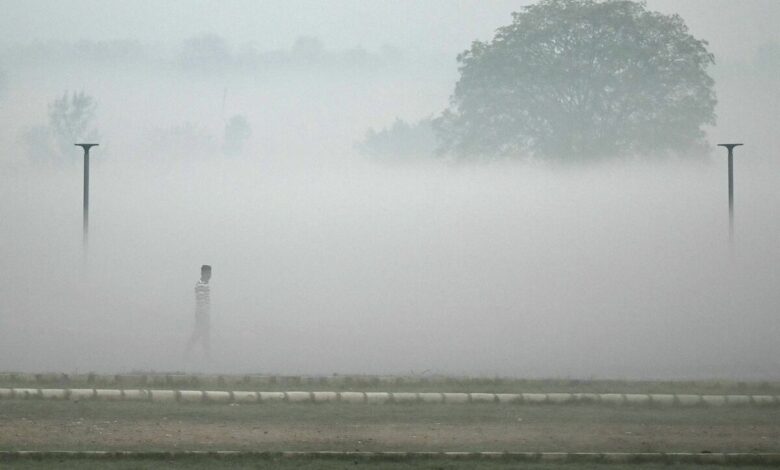“Filthy Air”: India Overtakes China as Country With Most Polluting Cities

While China is often the topic of discussing when bringing up bad examples of air quality, India has actually surpassed China in the poor quality of its air – especially at the onset of winter.
During winter, the air quality gets worse because of the cold weather, lack of wind, and farmers burning their fields, the article notes.
A study found that in a 30-day period, New Delhi in India had air pollution levels 14 times higher than Beijing. Last year, out of the 100 most polluted cities in the world, 65 were in India and only 16 were in China. This is a big change from 2017 when China had most of the world’s most polluted cities.
India’s government hasn’t focused much on this pollution problem, even though it’s important for the country’s environment and health. Air pollution in India is causing a lot of deaths each year and is also hurting the country’s economy. The World Bank says that pollution is slowing down India’s economic growth because it affects how well people can work and how businesses grow, the report says.

Bloomberg also notes that a 2021 report by the Clean Air Fund highlights that air pollution in India impacts various business resources. It hampers the efficiency of solar panels by blocking sunlight, damages electronic components, and lowers the yield of crops.
Karthik Ganesan, a fellow and director of research coordination at the Council on Energy, Environment and Water, a Delhi think tank, told BBG: “This is the biggest challenge that urban India faces today. Effectively, it’s turning the demographic dividend into a big bane because I’m left having to care for all these people who in their 50s or 60s are down and out.”
India’s problem is contrasted by China – another well known polluter – who has made some progress in recent years.

Ten years ago, China’s big cities faced serious air pollution problems due to rapid growth and high emissions from vehicles, industries, and coal plants. The US Embassy in Beijing, one of the few places providing reliable air quality data, reported extremely high pollution levels. This issue led to protests in various parts of China.
Initially, China resisted international concerns and didn’t want foreign embassies to share air pollution data. However, as pollution worsened, the government acknowledged the issue. In 2014, President Xi Jinping recognized air pollution as Beijing’s biggest problem and launched a national plan with $270 billion to tackle it.

Since then, China has taken several steps to reduce pollution. They limited the number of cars in cities like Beijing, Shanghai, and Guangzhou. They also reduced the production in industries that cause a lot of emissions, like iron and steel, and stopped building new coal plants in some areas. According to the Energy Policy Institute at the University of Chicago (EPIC), China’s air pollution dropped by 42.3% from 2013 to 2021, and these efforts were the main reason for a slight decrease in global pollution levels during that time.

India has made some progress in slowing smog, the report noted:
According to data collected by the Centre for Science and Environment, a New Delhi research group, the level of PM 2.5 — microscopic, cancer-causing pollutants that travel deep into lungs — averaged 98 during the three years through 2023, down 28% from the three-year period ending in 2017.
But the pace of improvement has slowed over the last few years and measures like ‘smog towers’ do little to help, the report says. One 50 year old rickshaw driver commented: “It’s just constant. When I go home, there’s a layer of dirt on my face.”
“We might live five years, 10 years, who knows? You don’t know anything about tomorrow, so why think about it,” he added.




